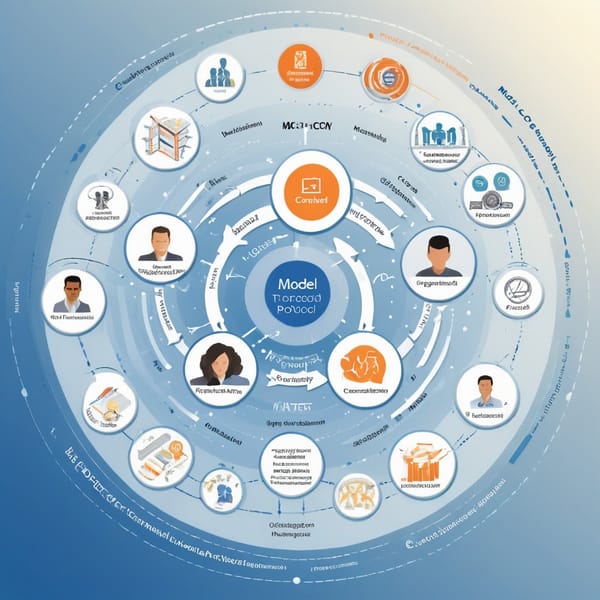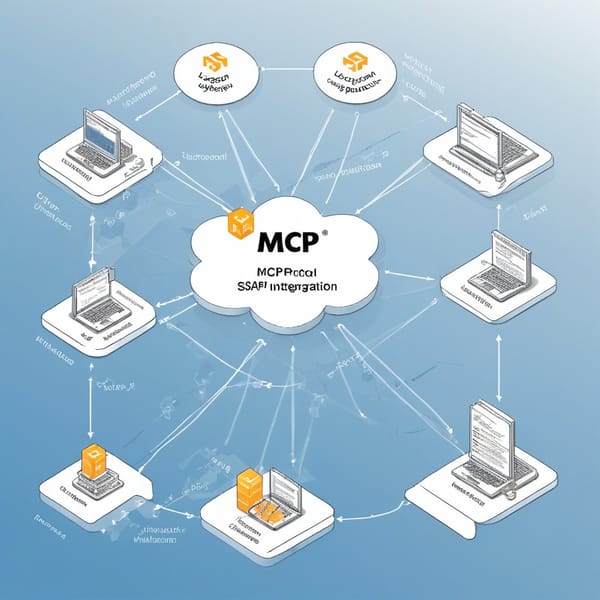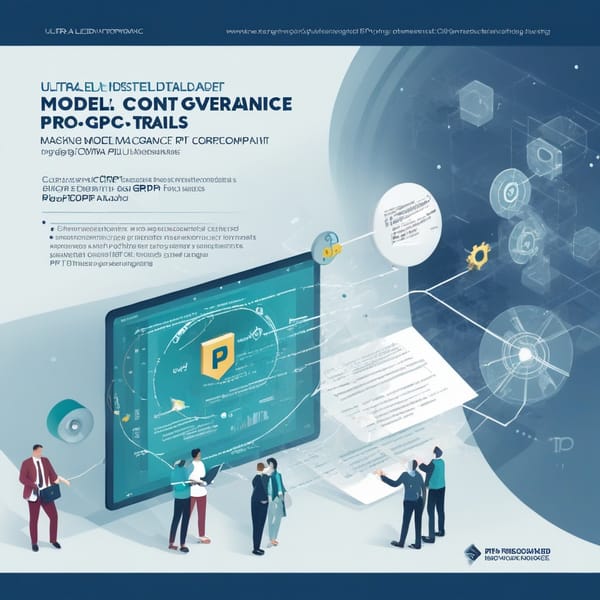Case Study: MCP Factory 4.0 – Predictive Equipment Failure Using TensorFlow and OPC-UA

Project Overview
The Model Context Protocol (MCP) Factory 4.0 project was designed to revolutionize predictive maintenance in industrial automation by leveraging machine learning (ML) and real-time PLC (Programmable Logic Controller) data. The goal was to develop a scalable system that could predict equipment failures before they occurred, minimizing downtime and optimizing maintenance schedules.
The solution integrated TensorFlow-based ML models with OPC-UA (Open Platform Communications Unified Architecture) resource servers, enabling seamless data exchange between factory floor devices and predictive analytics systems. By structuring PLC data via a standardized protocol (MCP), the system improved interoperability while maintaining low-latency, high-accuracy failure predictions.
Challenges
-
Data Fragmentation & Protocol Incompatibility
- Industrial environments often use proprietary PLC protocols, making data aggregation difficult.
- Lack of standardized data formats hindered ML model training. -
Real-Time Processing Constraints
- Traditional cloud-based ML inference introduced latency, making real-time predictions unreliable.
- High-frequency sensor data required edge-computing optimizations. -
Model Accuracy & Generalization
- Equipment behavior varied across machines, requiring adaptable ML models.
- Limited labeled failure data made supervised learning challenging. -
Scalability & Integration
- Deploying ML models across multiple factory sites demanded a modular architecture.
- Legacy PLC systems needed retrofitting without disrupting operations.
Solution
The MCP Factory 4.0 system addressed these challenges through a multi-layered approach:
1. Protocol-Linked Data Standardization (MCP)
- A Model Context Protocol (MCP) was developed to unify PLC data streams into a structured format.
- OPC-UA servers acted as middleware, translating proprietary PLC protocols into MCP-compliant data.
2. Edge-Based TensorFlow Inference
- TensorFlow Lite models were deployed at the edge (on industrial gateways) to minimize latency.
- Time-series forecasting models (LSTMs, CNNs) processed sensor data in real time.
3. Hybrid Cloud-Edge Architecture
- OPC-UA Pub/Sub enabled real-time data streaming to both edge and cloud nodes.
- Cloud-based retraining ensured models adapted to new failure patterns.
4. Active Learning for Data Scarcity
- Semi-supervised learning techniques improved model accuracy with limited labeled data.
- Anomaly detection flagged potential failures for human review, continuously improving the dataset.
Tech Stack
| Category | Technologies Used |
|---|---|
| Machine Learning | TensorFlow, Keras, LSTM/CNN models |
| Industrial IoT | OPC-UA, MQTT, Siemens S7 PLCs |
| Edge Computing | TensorFlow Lite, NVIDIA Jetson |
| Cloud & Data | Google Cloud IoT Core, BigQuery |
| Protocols | MCP (Model Context Protocol), REST APIs |
Results
The MCP Factory 4.0 deployment yielded significant improvements in predictive maintenance:
1. Downtime Reduction
- 30% decrease in unplanned equipment failures.
- Maintenance costs dropped by 22% due to optimized scheduling.
2. Real-Time Prediction Accuracy
- Edge-based inference reduced latency to <50ms, enabling near-instant failure alerts.
- Model accuracy reached 92% F1-score in detecting early-stage faults.
3. Scalability & Adoption
- Successfully deployed across 5 factory sites with varying PLC vendors.
- Reduced integration time by 40% due to MCP standardization.
4. Continuous Learning Improvements
- Active learning increased model precision by 15% over six months.
Key Takeaways
-
Standardized Protocols Enable Interoperability
- MCP bridged the gap between proprietary PLC systems and modern ML analytics. -
Edge AI is Critical for Real-Time Predictions
- TensorFlow Lite on edge devices minimized latency, making failure predictions actionable. -
Hybrid Cloud-Edge Architectures Improve Flexibility
- Combining edge inference with cloud retraining ensured long-term model accuracy. -
Active Learning Mitigates Data Scarcity
- Semi-supervised techniques improved predictions even with limited labeled failure data. -
Predictive Maintenance Delivers Tangible ROI
- Reduced downtime and maintenance costs justified the AI investment within 8 months.
Conclusion
The MCP Factory 4.0 project demonstrated how protocol standardization, edge AI, and hybrid cloud architectures can transform industrial predictive maintenance. By integrating TensorFlow with OPC-UA and MCP, the solution provided a scalable, real-time failure prediction system that significantly improved operational efficiency. Future enhancements could include reinforcement learning for adaptive control and blockchain for secure data provenance.
This case study serves as a blueprint for Industry 4.0 deployments seeking to harness AI-driven predictive analytics.




